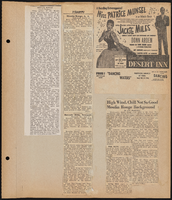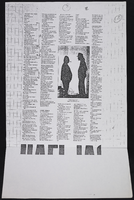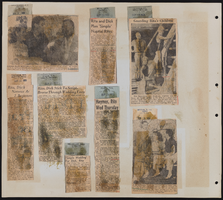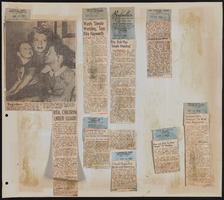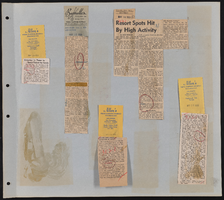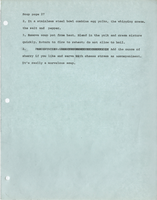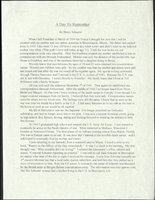Search the Special Collections and Archives Portal
Search Results
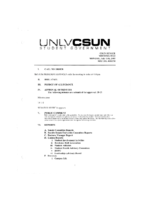
Meeting minutes for Consolidated Student Senate, University of Nevada, Las Vegas, July 11, 2005
Date
2005-07-11
Archival Collection
Description
Includes meeting minutes and agenda, along with additional information about contracts and performance agreements.
Text
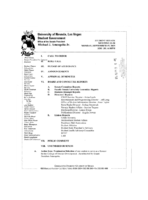
Meeting minutes for Consolidated Student Senate, University of Nevada, Las Vegas, September 15, 2003
Date
2003-09-15
Archival Collection
Description
Includes meeting minutes and agenda, along with additional information about letters and contracts.
Text
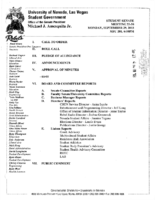
Meeting minutes for Consolidated Student Senate, University of Nevada, Las Vegas, September 29, 2003
Date
2003-09-29
Archival Collection
Description
Includes meeting agenda, along with additional information about operating policies, bylaws, and contracts.
Text
Pagination
Refine my results
Content Type
Creator or Contributor
Subject
Archival Collection
Digital Project
Resource Type
Year
Material Type
Place
Language
Records Classification

